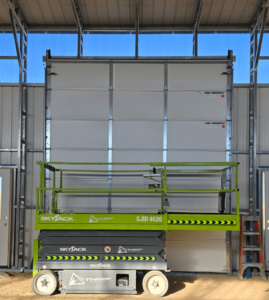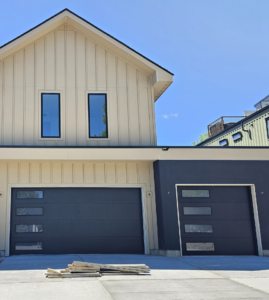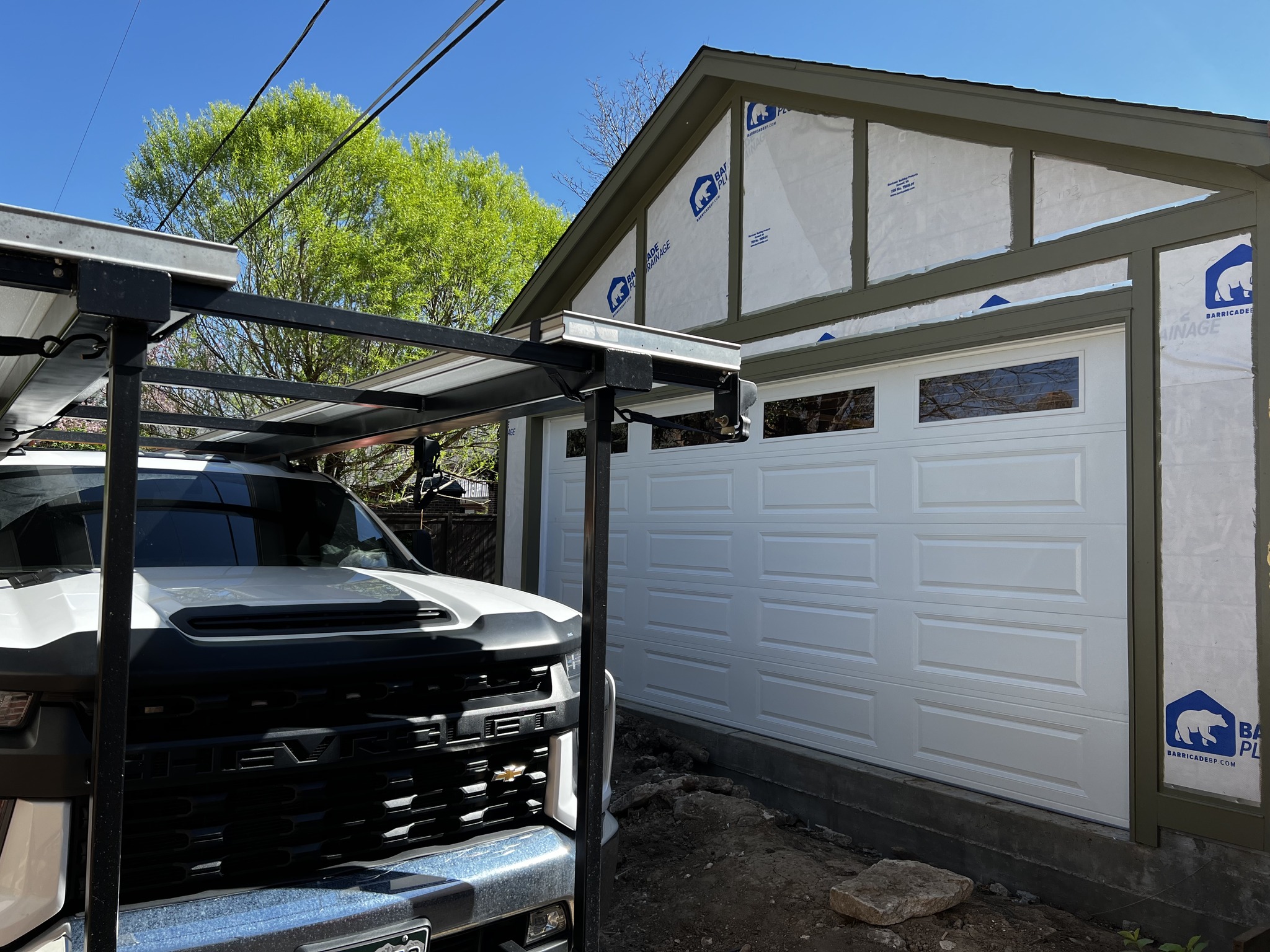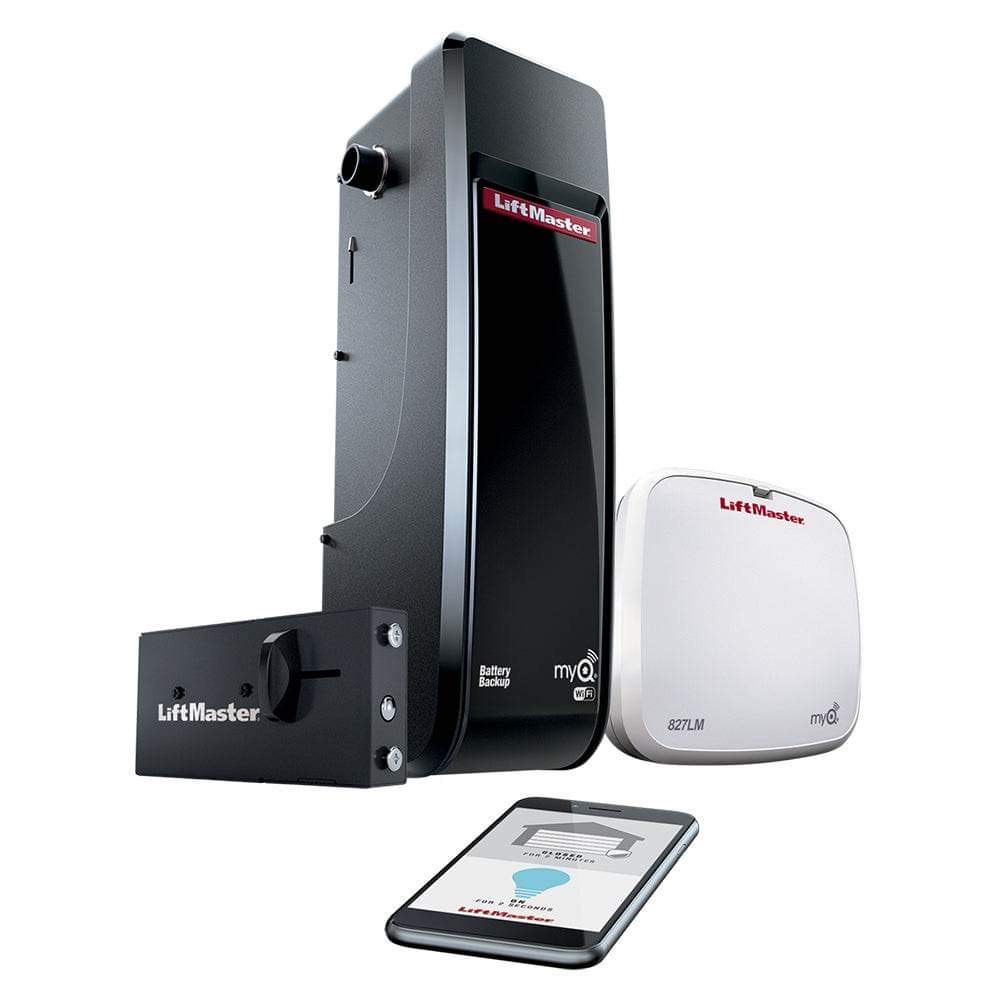Winter-Proofing Your Garage Door: Maintenance Tips for Cold Weather
When temperatures drop, your garage door can become more than just an entry point—it can become a source of frustration, lost energy, and unexpected repair bills. Winter-proofing your garage door is one of the smartest ways to avoid a frozen garage door, improve comfort, and keep your property secure.
Whether you’re a Colorado homeowner or managing a commercial space, here’s what you need to know about garage door winter maintenance—and how to protect your door from cold-weather problems.
1. Inspect and Replace Worn Weather Stripping
The rubber seal (or weather stripping) along the bottom of your garage door plays a crucial role in keeping out snow, slush, wind, and pests. Over time, it becomes brittle or cracked, especially after repeated freeze-thaw cycles.
✅ What to do:
- Check for cracks, gaps, or flattening along the bottom seal
- Replace worn strips with a heavy-duty rubber weather seal
- Consider side and top seals for added insulation
Tip: A fresh seal also keeps out salt and debris that can corrode your garage door tracks and hinges.
2. Lubricate All Moving Parts
Cold temperatures make metal parts contract and lubricants thicken, which can lead to sluggish or stuck doors. Proper lubrication is an essential part of garage door winter maintenance.
✅ Focus on:
- Rollers
- Hinges
- Springs
- Tracks
- Locks and cables
Use a silicone-based lubricant that won’t harden in freezing temperatures. Avoid heavy grease, which can gum up in the cold.
3. Insulate Your Garage Door
Garage door insulation does more than just regulate temperature—it can also improve energy efficiency, reduce noise, and protect stored items.

Benefits of garage door insulation:
- Prevents freezing near the door frame
- Keeps your garage 10–15°F warmer
- Helps your HVAC system run more efficiently
- Reduces risk of a frozen garage door
Insulation options include:
- Foam board kits (rigid panels)
- Reflective insulation (foil-backed)
- Spray foam insulation
- Upgrading to a pre-insulated door
If your garage is attached to your home—or if you use it for work, storage, or laundry—garage door insulation is well worth the investment.
4. Test the Door Balance and Auto-Reverse Function
An unbalanced door puts extra strain on the opener and can wear out springs faster—especially in cold conditions. Combine this with stiff metal parts and you could be stuck with a garage door that won’t open or close on a snowy morning.
✅ How to test:
- Disconnect the opener
- Manually raise the door halfway and release
- If it doesn’t stay in place, it’s unbalanced
Also, test the auto-reverse safety feature to make sure your door reacts correctly if it hits an object while closing.
If you notice any issues, schedule a visit from a professional garage door technician before winter hits hard.
5. Clear Ice and Snow Around the Door
One of the most common winter problems is a frozen garage door—where water seeps under the rubber seal and freezes, bonding the door to the concrete.
✅ How to prevent it:
- Shovel snow and ice away from the base of the door
- Apply de-icer spray to the threshold as needed
- Place a garage floor mat just inside the door for added protection
Never force a frozen door open—doing so could damage the opener or tear the weather seal. Instead, use warm water or a hair dryer to melt the ice gently, then dry the area completely.
6. Check for Drafts and Heat Loss
Even a small draft can make your garage feel like a walk-in freezer. Inspect the sides, bottom, and top of your door for light leaks or airflow.

✅ Fixes include:
- Sealing gaps with foam weather stripping
- Installing a garage door threshold seal
- Adding a thermal curtain or door draft stopper inside the garage
Combined with proper insulation, these steps will prevent heat loss and reduce your energy bills all winter long.
7. Schedule a Winter Garage Door Tune-Up
If your door has not been serviced in the past year, now’s the time to schedule a professional garage door winter maintenance check.
A qualified technician can:
- Inspect cables, rollers, and hinges
- Tighten loose bolts
- Test opener function and backup battery
- Check spring tension and safety mechanisms
This is especially important for commercial garage doors, which see heavier use and must comply with local safety standards.
8. Upgrade to a Cold-Weather Garage Door Opener
Standard openers sometimes struggle in extreme cold. If your door hesitates, makes odd noises, or fails to respond, your opener may need attention—or replacement.
Consider upgrading if:
- Your unit is 10+ years old
- You frequently experience power outages
- You want smart features like remote access or temperature monitoring
Look for openers rated for cold-weather operation, or install a battery backup for peace of mind during storms.

9. Don’t Forget the Emergency Release Cord
The red emergency cord on your garage door opener allows manual operation during a power outage. If your door is frozen shut or the power is out, you’ll need it.
✅ Winter tip:
- Make sure the cord is accessible and not tangled
- Practice using it before you need it in an emergency
- Keep a flashlight or lantern nearby just in case
Final Thoughts
Colorado winters are no joke—and neither are garage door issues that arise when temperatures drop. From preventing a frozen garage door to boosting garage door insulation, a little preparation now can save you time, money, and headaches all winter long.
At Third Gen Garage Doors, we help homeowners and businesses across the Denver metro area stay safe, warm, and worry-free. Whether you need a seasonal tune-up, emergency repair, or a full insulation upgrade, we’ve got you covered.





